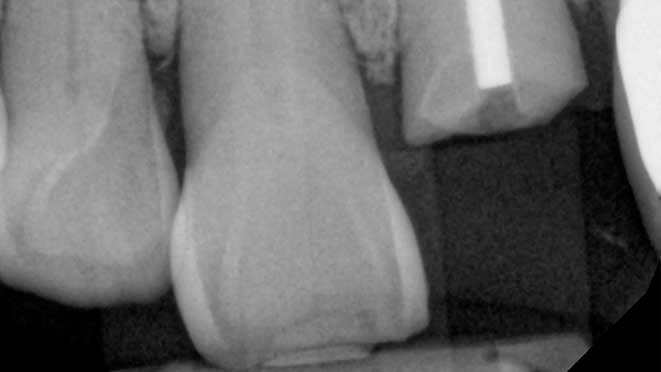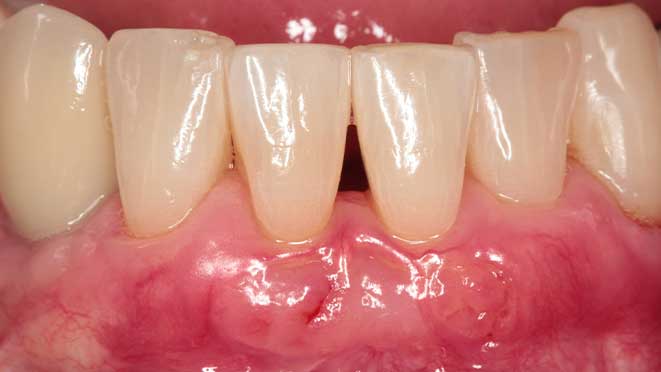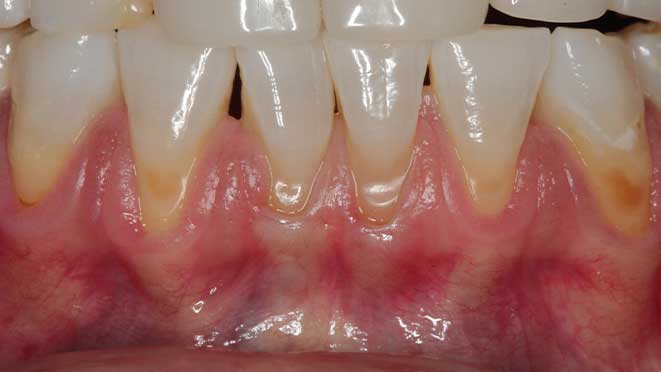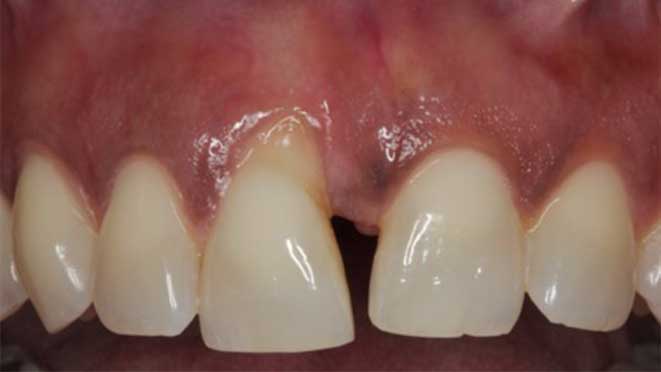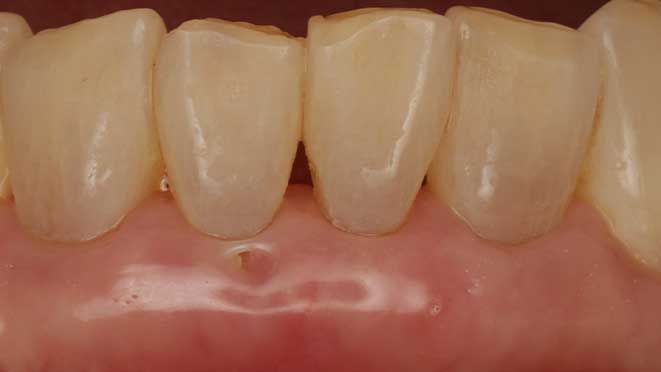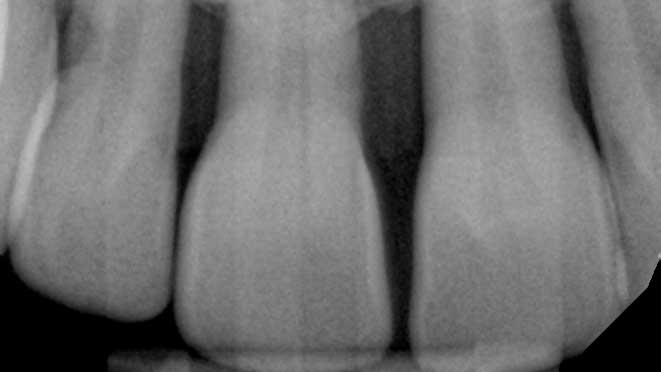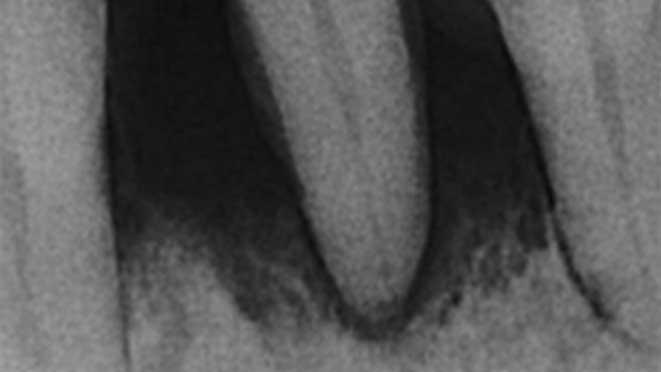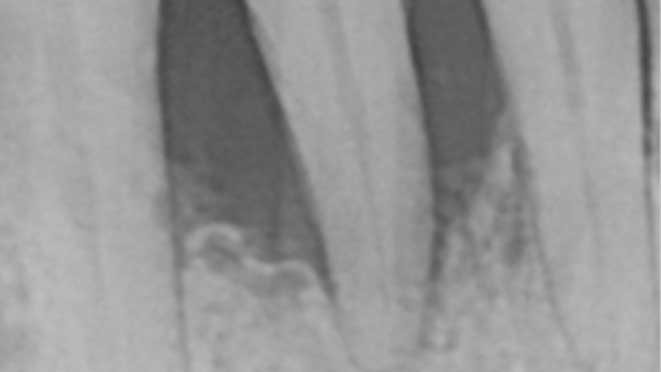Types of Bone Grafting
The three main types of bone grafting are autogenous grafts, allografts, and xenografts. Autogenous grafts involve taking bone from the patient’s own body, typically from the hip or chin. This process is the most successful since there is little risk of allergic reactions or infections. However, it requires a second surgical site to harvest the bone, extending the recovery period, and increasing the risk of complications. Allografts use bone from a deceased donor, which has been sterilized and stored. This type of bone grafting is convenient since it eliminates the need for a second surgical site, but the patient carries a higher risk of rejection or contamination. Xenografts, on the other hand, use bones from animals, like cows, which are treated to remove any risk of infectious diseases. However, the durability of the grafting material remains questionable, and the patient carries a risk of allergic reactions.
Procedure of Bone Grafting
The bone grafting procedure is performed by an oral surgeon, and it typically takes several months to complete. First, the patient receives local anesthesia or sedation to ensure there is no discomfort during the process. The oral surgeon begins the grafting procedure by making an incision where the bone loss occurred. Then, the surgeon must carefully remove any damaged or infected bones. Afterward, the grafting material is placed and anchored with titanium screws to ensure it does not move. Patients should follow a strict diet of soft foods and avoid any activity that could result in an injury to the jawbone during the recovery period, which typically lasts several months.
Benefits of Bone Grafting
Bone grafting serves many benefits, including the restoration of jawbone density and strength. It prepares the jawbone for dental implant placement, which is an ideal treatment for missing teeth. Bone grafting also promotes better oral health and hygiene by providing enhanced stability and support to adjacent teeth and making it easier to maintain proper dental hygiene. Finally, the patient can enjoy aesthetically pleasing results that can positively impact one's self-esteem and quality of life.
Risks and Considerations of Bone Grafting
Like any surgical procedure, bone grafting carries risks, including the risk of infection and bleeding. There is a risk of allergic reactions to the grafting material. The procedure might also fail, resulting in a repeat of the treatment options. Stakeholders must be prepared to foot the cost and ensure the possibility of insurance coverage.




